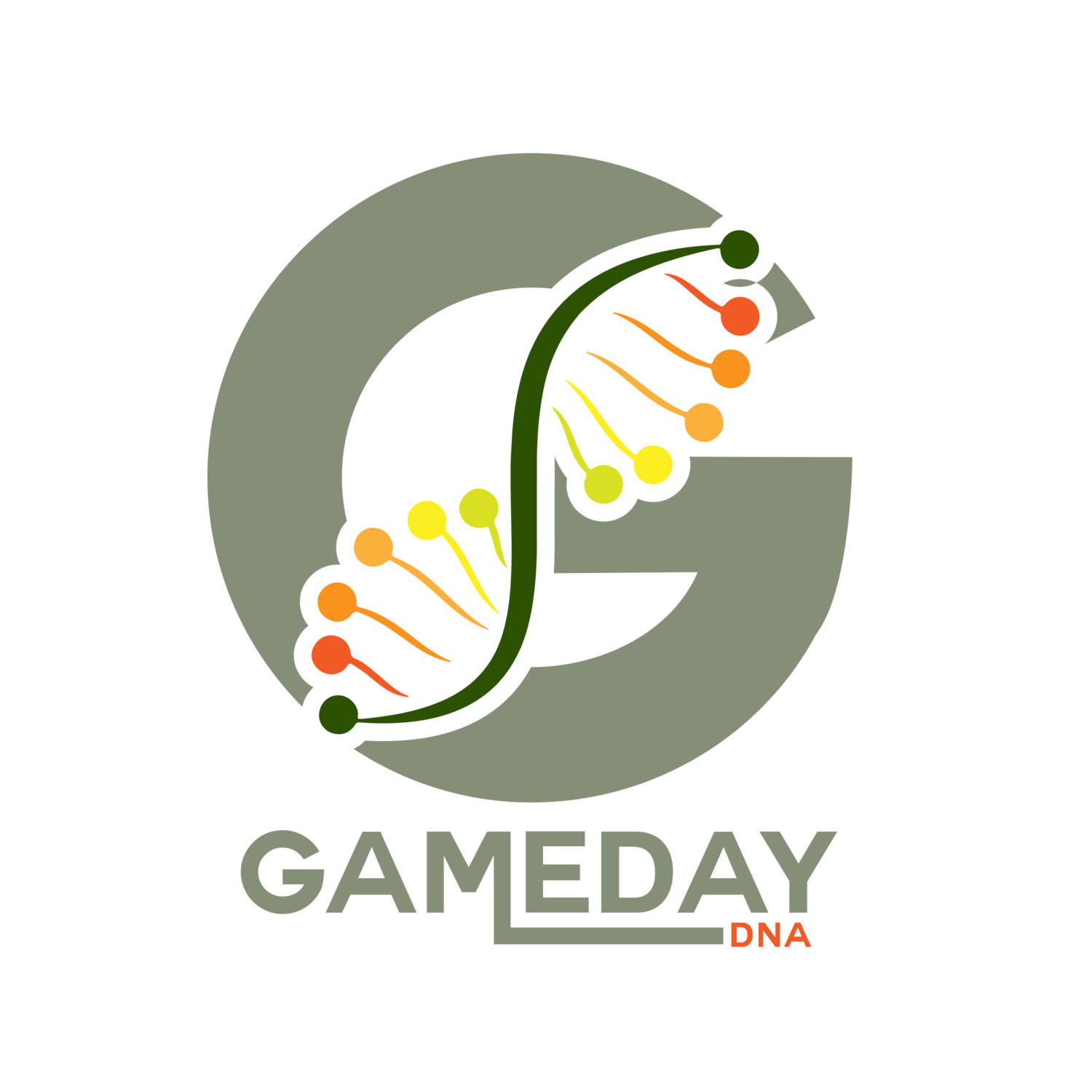Immigration DNA Testing: Steps, Costs, and FAQs for Success
Why Immigration DNA Testing Matters
DNA testing has become an essential tool in immigration cases, providing scientific proof of biological relationships when traditional documentation is unavailable or insufficient. Whether you're navigating visa applications, citizenship claims, or family reunification processes, understanding how immigration DNA testing works is crucial. In this guide, we’ll break down the steps, costs, and frequently asked questions to help you navigate the process with confidence.
1. Who Requires Immigration DNA Testing?
Immigration DNA testing is typically requested by government agencies like USCIS in cases where:
Documentation Is Insufficient: Birth certificates or other records are missing or unreliable.
Fraud Prevention Is Needed: DNA tests help verify familial claims to prevent fraudulent applications.
Family Reunification Is Sought: Proving biological relationships is often required for visa or citizenship applications.
2. Step-by-Step Process for Immigration DNA Testing
Step 1: Locate an Accredited Lab
Choose an AABB-accredited lab to ensure your results meet USCIS requirements. These labs follow strict chain-of-custody protocols to maintain accuracy and reliability.
Step 2: Provide Petitioner’s Sample
The petitioner (in the U.S.) provides a cheek swab sample at an accredited facility. Proper documentation ensures compliance with government standards.
Step 3: Collect Beneficiary’s Sample Abroad
The beneficiary (outside the U.S.) provides their sample at a U.S. embassy or consulate under supervised conditions.
Step 4: Lab Analysis
The lab analyzes both samples and generates a report confirming or excluding biological relationships.
Step 5: Submit Results to USCIS
The lab sends the results directly to the requesting agency to ensure chain-of-custody integrity.
3. Costs of Immigration DNA Testing
Immigration DNA tests typically cost between $450 and $600 per test. Additional fees may apply for international shipping or expedited processing.
4. Benefits of Immigration DNA Testing
Accuracy: Provides over 99.9% certainty in confirming biological relationships.
Compliance: Ensures adherence to USCIS standards for visa or citizenship applications.
Transparency: Reduces delays caused by insufficient documentation.
Frequently Asked Questions About Immigration DNA Testing
How long does it take to get results from an immigration DNA test?
Results are typically available within 3–5 business days after all samples are received by the lab. International shipping may extend this timeline.
Are all labs authorized to perform immigration DNA tests?
No, only AABB-accredited labs are authorized to perform immigration DNA tests accepted by USCIS and other government agencies.
What type of samples are required for immigration DNA testing?
Cheek swabs are the most common sample type due to their non-invasive nature and reliability.
Can I use an at-home DNA test for immigration purposes?
No, at-home tests do not meet chain-of-custody requirements and are not accepted by USCIS or other government agencies.
What happens if my immigration application is denied despite positive DNA results?
Positive DNA results confirm biological relationships but do not guarantee application approval, as other eligibility factors also play a role.
Conclusion: Navigating Immigration with Confidence
Immigration DNA testing is a vital step in proving biological relationships when traditional documentation falls short. By partnering with an AABB-accredited provider like GameDay DNA, you can ensure accurate results that meet USCIS standards while avoiding unnecessary delays in your application process.
Whether you’re applying for a visa, citizenship, or family reunification, understanding the steps and requirements of immigration DNA testing empowers you to navigate this complex process with confidence.
Follow us on Instagram and Twitter! If you have questions about paternity tests or other DNA testing services, please contact our Client Support Center at 302-529-1789, Mon-Sunday from 8:00 AM to 9:00 PM Eastern Time. Our friendly, expert representatives are ready and happy to help. Get answers anytime by visiting our Help Center.


